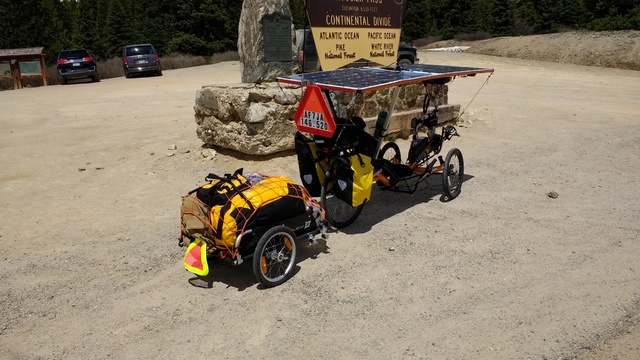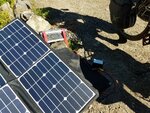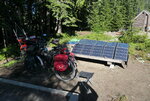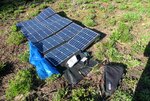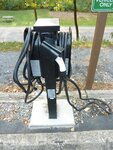The 6A charger is non-switching, is it a transformer/bridge rectifier/DC regulator design? How is this possible with only extra 200g weight?
Do you know if it requires the full 260W+ input to work at all or can it work with less, like the 4A charger works if it has the required power to produce 41-42VDC @ 4A, if it doesn't have that then it switches off, the 2A charger can work with less without switching off.
Adapting a Satiator? Are you going to use this in conjunction with the Bosch 6A charger and inject the Satiator output into the Bosch 6A charger somewhere?
Very interesting, although it seems worldwide not many people are in this

